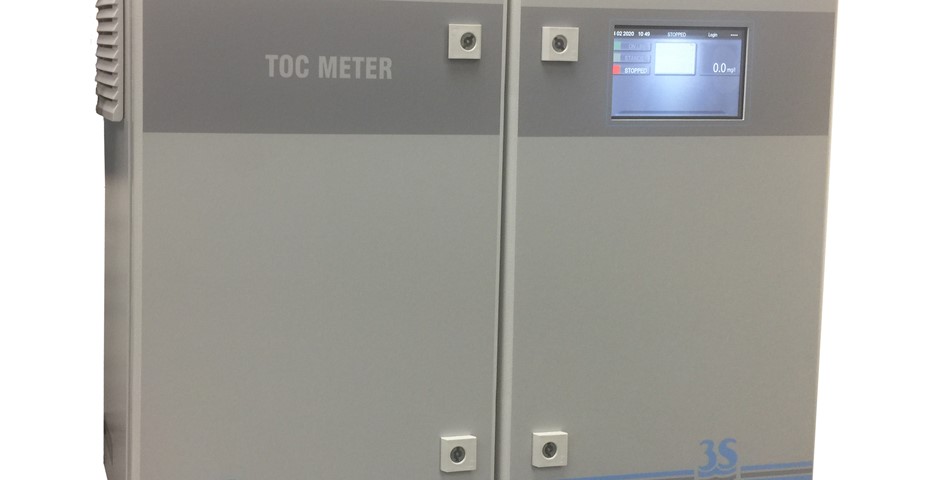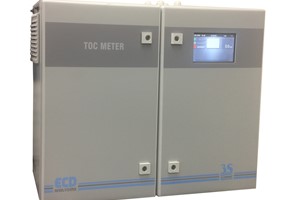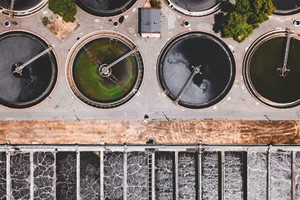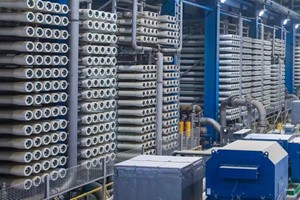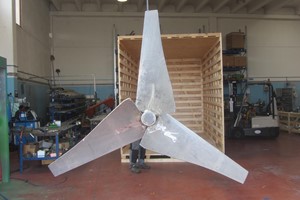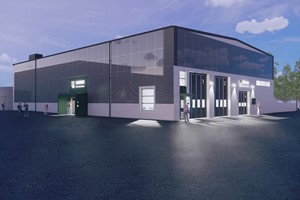Municipal wastewater plant engineers and managers will find the Total Organic Carbon (TOC) Analyzer from Electro-Chemical Devices (ECD) helps them measure carbon levels more accurately in order to ensure effective treatment, to monitor post treatment effluent and to meet federal, state and local water environmental regulations.
ECD’s TOC Analyzer, with its UV persulfate non-dispersive infrared (NDIR) detection technology, helps plant engineers and technicians know with confidence that their wastewater treatment process is effective and that the job is complete. In addition to municipal wastewater treatment plant applications, the TOC Analyzer is also suitable for monitoring stormwater and other types of industrial water-based waste streams or for water re-use treatment applications
In surface water, ground water, municipal wastewater or industrial wastewater, organic matter is generally present at various levels and needs to be measured and treated. Knowing the TOC level is especially important for effectively treating municipal wastewater and stormwater flows prior to plant effluent release in order to prevent the contamination of streams, rivers, lakes and ponds where sensitive wildlife including plants, fish and other aquatic creatures are present.
ECD’s TOC Analyzer is a full-featured instrument that utilizes the UV persulfate oxidation sensing method, which detects generated carbon dioxide (CO2) using its highly stable NDIR detector for analysis. This method and the analyzer conform to: US EPA, DIN, CE, ASTM and NAMUR regulations, as well as ISO.
ECD’s TOC Analyzer is simple to use: the water sample is first acidified and then sparged to remove inorganic carbon. The remaining liquid is mixed with sodium persulfate and digested by two high-performance reactors. The resulting CO2 is then stripped from the liquid and, after drying, its concentration is measured by the NDIR analyzer. The analyzer measures TOC levels
ECD TOC Analyzer for Muni Wastewater & Stormwater
ranging from 0-5 mg/L to 20,000 mg/L.
The unique design of ECD’s TOC Analyzer features a valve-free sample line, which largely eliminates blockages to help assure nearly continuous operation. The analyzer’s auto clean, auto-calibration and auto-validation functions guarantee correct, reliable values that can be reproduced at any time without the need for manual intervention.
When compared to conventional analyzers where the flow is controlled by a glass tube rotameter, the carrier gas flow with the ECD TOC Analyzer is controlled digitally. The flow is monitored via built-in smart diagnostics and if an abnormal value is detected, the analyzer stops automatically and displays a warning alert.
Developed for rugged, demanding plant environments, the ECD TOC Analyzer is housed in a dual compartment enclosure. The isolated water sample components are in one compartment, and the electronics are located in a second compartment for safety and highly reliable operation. The analyzer compartment is rated IP54, NEMA 3, and conforms to EN610004-2, EN610004-4, C46-022, EN 55022 and EN 61326.
Simple to install and easy to use, the highly intuitive TOC Analyzer features a user touchscreen display located on the front of the analyzer. All output/input data, status information, alarms and fault conditions are shown on the display. Simply pressing the touchscreen buttons provides access to commands and settings. The system is password protected for security.
TOCs in wastewater are regulated by the US EPA, state and local water quality standards. Many other industries rely on TOC measurement for analysis of wastewater prior to discharge. In addition, the power generation industries rely on TOC measurements for water quality concerning cooling water, condensate and boiler feed water.



